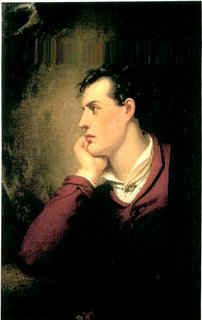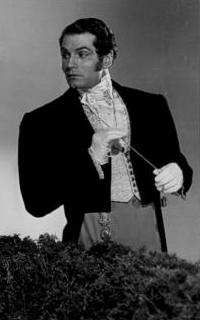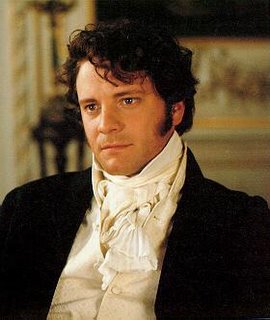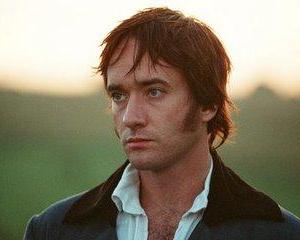 As a child growing up on a dairy farm, Laurie Bishop spent countless hours reading anything she could find—from Greek, Roman, and Norse myths to Robert Frost’s poetry. Then she picked up her grandmother’s copy of Jane Austen’s PRIDE AND PREJUDICE, which began her love affair with the Regency period. Laurie won the Romance Writers of America’s Golden Heart competition for THE BEST LAID PLANS. Today Laurie lives in her native upstate New York. She has a master’s degree in human services and counseling and is employed in social work, but her favorite job is collaborating at night with her marvelous cat and writing partner, Tojo. Learn more at www.lauriebishop.com
As a child growing up on a dairy farm, Laurie Bishop spent countless hours reading anything she could find—from Greek, Roman, and Norse myths to Robert Frost’s poetry. Then she picked up her grandmother’s copy of Jane Austen’s PRIDE AND PREJUDICE, which began her love affair with the Regency period. Laurie won the Romance Writers of America’s Golden Heart competition for THE BEST LAID PLANS. Today Laurie lives in her native upstate New York. She has a master’s degree in human services and counseling and is employed in social work, but her favorite job is collaborating at night with her marvelous cat and writing partner, Tojo. Learn more at www.lauriebishop.com
 Praise for LORD RYBURN’S APPRENTICE!
Praise for LORD RYBURN’S APPRENTICE!
“Bishop builds the story nicely as Alex’s heart of ice begins to melt and Cora learns what the pangs of love mean. With an unruly cast, tension throughout and some surprising twists, this novel is a perfect fit for Regency lovers.” — Romantic Times Bookclub 4 Stars
“For a sweet and charming regency that combines all the elements of your favorite fairy-tale and your favorite Jane Austen, look no further than Lord Ryburn’s Apprentice.” — Valarie Pelissero, for Rakehell Reviews Read the review
“Laurie Bishop continues to please with her lighthearted romances, engaging characters, and puzzles to untangle…” —Jane Bowers, for Romance Reviews Today Read the review
The Interview
Q. How did you think of writing this particular book? Did it start with a character, a setting, or some other element?
It started with a character. The character was an elderly gentlewoman, childless, who felt unfulfilled and bored–until she hit upon the idea of taking in a ward. The rest of the story came from this.
Q. How long did it take? Was this an easy or difficult book to write?
The book was a challenge to write as I had a limited window of time for completion. Fortunately, once I had developed the characters, the story came with little difficulty. Well, there was a little brain cudgeling! And the research, of course.
Q. Tell me more about your characters. What or who inspired them?
The elderly woman was Lady Estcott. I suppose I was thinking of Miss Havisham in Great Expectations, only lady Estcott was not, at least initially, motivated by revenge–and her enemy was not the entire male sex! I will leave it for the reader to discover the rest.
The heroine, Miss Marland, was more difficult as I chose to make her an innocent young woman with a modest disposition. The challenge was in making her an interesting individual in her own right. She became a person of high intelligence, with an aptitude for music and a strong sense of honor and duty, who evolves from wanting only to better her own position to being motivated to protect those she loves. Lord Ryburn, experienced, dutiful and yet proud, is into a gentleman who, although having a reputation with the ladies, is motivated to protect his eccentric family. Both hero and heroine developed pretty much equally from story demands and the evolution of their characters.
Q. Did you run across anything new and unusual while researching this book?
In this story I paid a lot of attention to London life, and it is important to me to have the details I use be correct. I researched the map of London of the period, period drawings of famous locations as Hyde Park, Park Street and Almack’s (both outside and in). I read a portion of a Victorian diary narrating the details of the writer’s come-out at Almacks. Overall, I searched for the ways in which the middle classes and the upper classes contrasted. I found it interesting how the different London parks were used–the different characteristics, who frequented them, which ones were exclusive, and when.
Q. What do you think is the greatest creative risk you’ve taken in this book?
How do you feel about it?
That would be the characters. As I mentioned before, Miss Marland was a challenge to me. I do think she came out quite well! And I also needed to make Lord Ryburn sympathetic, given his motivation to protect his Great Aunt and the rest of his family from the possible repercussions of Miss Marland’s introduction to the family.
Q. What are you working on now?
At the moment I am deviating from the Regency genre and writing a romantic suspense! No, I do not plan to stay away from the Regency period in the future, but this is a story I have been wanting to tell for a long time.
I have ideas for future Regencies that I want to write, so I will be looking forward to them, and the opportunity to bring them to Regency fans. We shall see what the future holds! Thank you so much to everyone who is a fan of the Regency genre and helps to keep this short time in history alive. I am quite sure that we always shall.















